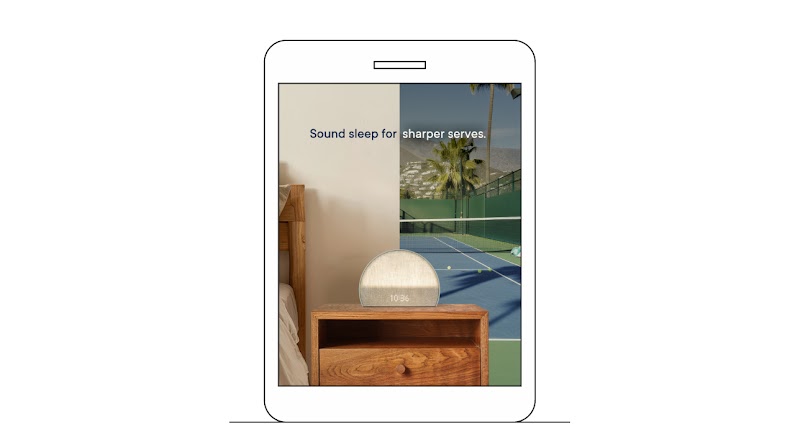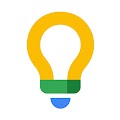Welcome to Creating the Impossible Ad, a series covering the Google AI Lighthouse program, which challenges agencies to make an impossible ad campaign with the help of Google AI. Here, we talk to digital-first marketing and technology services provider Monks about its personalization-driven campaign for sleep wellness company Hatch.

Fundamentally, great marketing has always been about finding the right audience and connecting them with the right message. Identifying new ad audiences can be difficult, but having unlimited time to interview and understand multiple new audiences? Impossible.
Or it used to be, until digital-first marketing and technology services provider Monks used Google AI in their newest campaign for sleep wellness company Hatch. Enlisting Gemini to role-play customer personas, the team developed “The Everything Machine,” a personalized campaign about achieving better sleep, and delivered the kind of results marketers dream of.
Monks presented the campaign at the Cannes International Festival for Creativity as part of the Google AI Lighthouse program, which challenges agencies to conceive and execute an impossible campaign, made possible with the help of AI. Above all, the agency’s answers to the brief showed how marketers can bring AI to the creative workflow. Here’s how Monks’ use of Gemini throughout the project unlocked success at three key stages.
Watch the video
See how media and technology agency Monks created an AI-powered performance-focused campaign for the Restore 2, the flagship product of sleep wellness company Hatch.
Make AI your always-on focus group
Before work began, Hatch had tasked Monks with launching its new Restore 2 smart clock to new and previously overlooked audiences. With limited time and budget, Monks turned to Gemini to find potential customers. “We asked Gemini to go and look at social media trends reports, to look at search queries, industry reports, to do competitor analysis, and come back to us with some ideas on the personas that we should be targeting,” said Brittany Blanchard, EVP of digital media at Monks.
Once Gemini had identified a set of audiences, Monks asked Gemini to determine which were most likely to engage with potential ads and purchase the product. The agency came away with three key personas: the Stressed Professional, the Biohacker, and the Wellness Enthusiast. Next, they interviewed each persona, as played by Gemini, to create vivid profiles encompassing their likes, hobbies, sleep patterns, aesthetic tastes, and more.
Create a vision for every kind of customer
A traditional campaign might send every audience the same core message. But, by enabling speed and scale, Gemini allowed the team to take their creative further.
“AI can allow you to go broad and also bring more focus, all at the same time, because of the power of scale. … Whereas, without the power of AI, with limited time, with limited budget, you’re really just trying to find common ground among multiple audiences,” said Roni Sebastian, Monks’ executive creative director. “What we were looking for was not a one-size-fits-all message as much as a core promise that would stay consistent, even as the messaging adapts to uniquely speak to each of those audience mindsets.” The team focused on the message that a good night’s sleep could unlock possibilities. They used Gemini to determine what that meant for each archetype.
The role of Google AI did not stop at strategy. Monks used AI-powered image generator ImageFX to create visual and copy assets, capturing what each persona might consider the definition of a great day. For the Stressed Professional, that might mean nailing a boardroom presentation, while the Wellness Enthusiast learns a new yoga pose. Each persona was asked to describe their ideal bedroom to complete the splitscreen.
AI can allow you to go broad and also bring more focus, all at the same time, because of the power of scale.
“We were able to converse with Gemini and understand, ‘What are their lifestyle aspirations? What interior design aesthetics would resonate with them and influence their shopping habits?’” said Sebastian. “And it would feed back to us a very articulate description of these bedrooms, so that very much functioned as a first draft of a prompt that we could then feed into AI to start generating imagery.”
Deliver a hyperpersonalized campaign at scale
Finally, the time came to apply the Gemini conversations to real audience segmentation. “We were able to take all of those little things that didn’t make it into the creative and add it into search themes and affinity targeting,” said Tory Lariar, Monks’ SVP for paid search. The team used Performance Max to bring the campaign to market across Google properties. “We let Google AI determine which ad [variant] each user should see in any given auction based on all of the signals available to it,” said Blanchard.
The campaign delivered an 80% improved click-through rate, 46% more engaged site visitors, and a 31% improved cost-per-purchase than other campaigns. On top of this, by using AI the team was able to deliver the campaign much more efficiently, reducing time investment by 50% and costs by 97% compared with traditional approaches. The result was a dramatically accelerated campaign timeline, with the entire process from ideation to launch completed in half the usual time.

“You’re just scratching the surface if you’re only thinking about efficiency gains when it comes to how you’re harnessing AI,” said Blanchard of the ways AI can be leveraged, encouraging creatives and marketers to consider how AI-powered products can help them not only do more faster, but also turn “impossible” ideas into successful campaigns.
A version of this article originally appeared in Ad Age.


